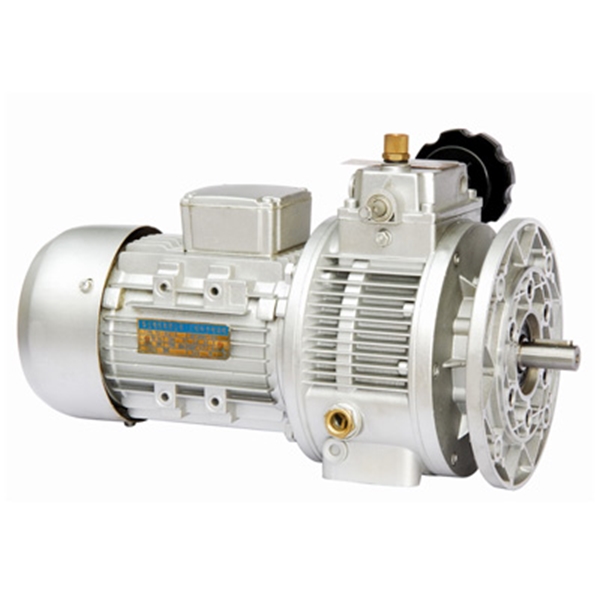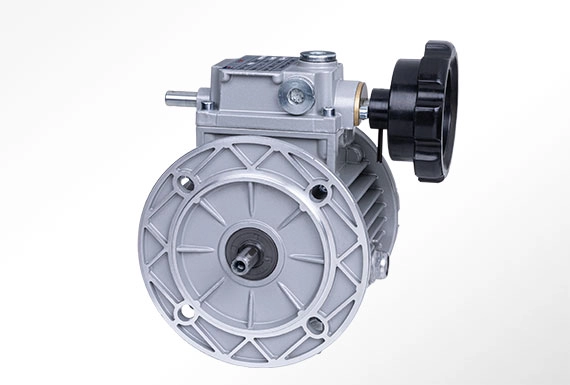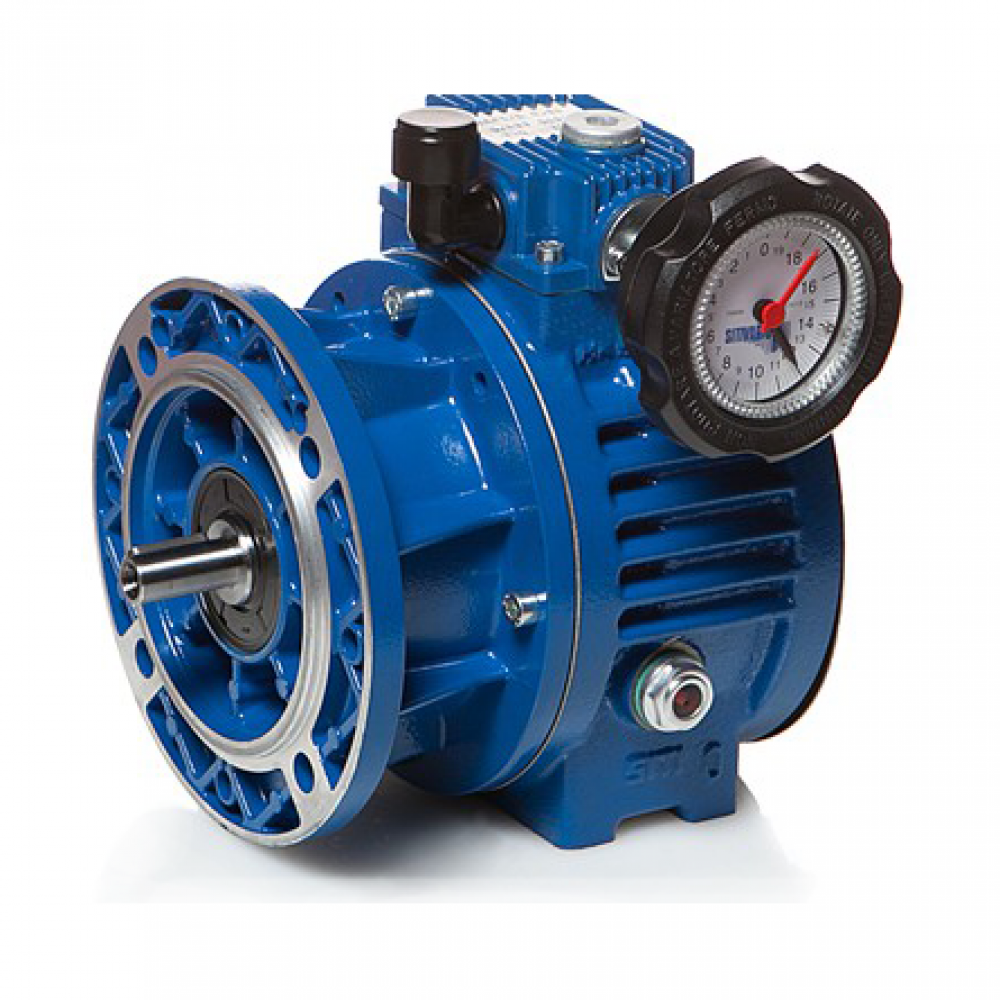Product Description
SC Transmission UDL series stepless speed variators
Product Description
Product Parameters
Company Profile
FAQ
Shipping
/* March 10, 2571 17:59:20 */!function(){function s(e,r){var a,o={};try{e&&e.split(",").forEach(function(e,t){e&&(a=e.match(/(.*?):(.*)$/))&&1
| Application: | Motor, Machinery, Agricultural Machinery |
|---|---|
| Hardness: | Hardened Tooth Surface |
| Installation: | Vertical Type |
| Gear Shape: | Bevel Gear |
| Step: | Stepless |
| Type: | Planetary Gear Reducer |
| Samples: |
US$ 50/Piece
1 Piece(Min.Order) | |
|---|
| Customization: |
Available
|
|
|---|
What maintenance practices are recommended for variators to ensure optimal performance?
To ensure optimal performance and longevity of variators, certain maintenance practices are recommended. These practices focus on regular inspections, proper lubrication, and adherence to manufacturer guidelines. Here's a detailed explanation of the maintenance practices recommended for variators:
1. Regular Inspections:
Regular inspections are essential to identify any signs of wear, damage, or abnormal operation in variators. Inspect variators visually for leaks, loose fasteners, or any visible damage. Pay attention to abnormal noises, vibrations, or changes in performance, as these could indicate potential issues. Regular inspections allow for early detection and timely resolution of problems, preventing further damage and ensuring optimal performance of variators.
2. Lubrication:
Proper lubrication is crucial for the smooth operation and longevity of variators. Follow the manufacturer's guidelines for lubrication intervals and use the recommended lubricants. Ensure that the variator is well lubricated, paying attention to the bearings, gears, and other moving parts. Insufficient lubrication can lead to increased friction, wear, and heat generation, compromising the performance and lifespan of variators. Regularly check the lubricant levels and top up or replace the lubricant as per the manufacturer's specifications.
3. Cleaning and Debris Removal:
Keep variators clean and free from debris, dirt, and contaminants. Regularly inspect and clean the variator housing, cooling fins, and vents to ensure proper airflow and cooling. Remove any debris or foreign objects that may have entered the variator and could interfere with its operation. Accumulated debris can impede heat dissipation and interrupt the smooth movement of components, affecting the performance and reliability of variators.
4. Belt/Chain Inspection and Adjustment:
If the variator is part of a belt or chain-driven transmission system, it's important to inspect and maintain the belts or chains. Check for signs of wear, damage, or improper tension. Replace worn or damaged belts or chains promptly, and ensure proper tension according to the manufacturer's specifications. Incorrect belt/chain tension can lead to slippage, reduced power transmission efficiency, and premature wear on variators. Regular inspection and adjustment of belts or chains contribute to optimal performance and longevity of variators.
5. Temperature Monitoring:
Monitor the operating temperature of variators regularly. Excessive heat can be detrimental to variator performance and lifespan. Ensure that variators are operating within the recommended temperature range specified by the manufacturer. If the operating temperature exceeds the acceptable limits, investigate and address the underlying causes such as insufficient cooling, excessive friction, or overloading. Proper temperature management helps to prevent overheating, component degradation, and premature failure of variators.
6. Adherence to Manufacturer Guidelines:
Follow the maintenance guidelines provided by the variator manufacturer. Manufacturers often provide specific maintenance schedules, procedures, and recommendations for their variator models. Adhere to these guidelines regarding inspections, lubrication, cleaning, and any other maintenance requirements. Manufacturers' guidelines are based on extensive testing and expertise, ensuring that the variators perform optimally and have a longer service life when proper maintenance practices are followed.
7. Professional Servicing:
For complex maintenance tasks or major repairs, it is advisable to seek professional servicing from authorized technicians or service centers. Trained professionals have the expertise, tools, and knowledge to perform intricate maintenance procedures and troubleshoot variator issues effectively. Professional servicing can help identify and address potential problems before they escalate, ensuring optimal performance and reliability of variators.
By following these maintenance practices, variators can maintain their optimal performance, efficiency, and lifespan. Regular inspections, proper lubrication, cleaning, belt/chain maintenance, temperature monitoring, adherence to manufacturer guidelines, and professional servicing all contribute to maximizing the performance and longevity of variators.
What are the signs that indicate a need for variator repairs, and how can they be diagnosed?
Recognizing the signs that indicate a need for variator repairs is crucial for maintaining the performance and reliability of the system. Here are some common signs to watch out for and the diagnostic methods used to identify variator issues:
1. Abnormal Noise:
If you notice unusual noises coming from the variator, such as grinding, whining, or rattling sounds, it could indicate a problem. These noises may be a result of worn-out bearings, misaligned components, or damaged pulleys. To diagnose the issue, a thorough inspection of the variator, including the pulleys, belts, and bearings, can help identify the source of the noise.
2. Slipping or Inconsistent Power Transfer:
If you experience a loss of power or notice the engine revving without a corresponding increase in speed, it could indicate slipping belts or worn-out pulleys in the variator system. Inconsistent power transfer can also manifest as jerky acceleration or a delay in power delivery. Diagnosing this issue involves checking the tension and condition of the belts, as well as inspecting the pulleys for signs of wear or damage.
3. Overheating:
If the variator system becomes excessively hot during operation, it may indicate a problem. Overheating can be caused by factors such as insufficient lubrication, misalignment, or excessive friction within the variator components. Diagnosing this issue involves monitoring the temperature of the variator during operation and inspecting the lubrication levels, cooling systems, and components for any abnormalities.
4. Vibration or Shaking:
Excessive vibration or shaking during variator operation can be a sign of misaligned components, worn-out bearings, or damaged pulleys. These issues can lead to an imbalanced operation, resulting in vibrations felt throughout the machinery. To diagnose this issue, a visual inspection of the variator components and a check for any signs of wear or damage can help identify the source of the vibration.
5. Leaking Fluid:
If you notice fluid leaks around the variator system, it could indicate a problem with seals or gaskets. Leaking fluid can lead to inadequate lubrication or loss of hydraulic pressure, affecting the performance and reliability of the variator. Diagnosing this issue involves identifying the source of the leak and examining the seals, gaskets, and fluid levels for any signs of damage or wear.
6. Erratic Gear Shifting:
If the variator system exhibits erratic or inconsistent gear shifting, such as sudden jumps in gear ratio or difficulty in engaging certain gears, it may indicate a problem with the variator components or the control system. Diagnosing this issue involves inspecting the variator components, including the pulleys, belts, and control mechanisms, and checking for any misalignments, wear, or malfunctions.
7. Diagnostic Tools and Professional Inspection:
In addition to the visual inspections mentioned above, professional diagnosis of variator issues often involves the use of specialized diagnostic tools and equipment. These tools can include belt tension gauges, laser alignment devices, vibration analyzers, temperature sensors, and diagnostic software. Professional technicians with expertise in variator systems can perform comprehensive inspections and use these tools to diagnose specific problems accurately.
It's important to note that variator repairs should be carried out by trained professionals with experience in variator systems. If you notice any signs indicating potential variator issues, it is advisable to have the system inspected and repaired by a qualified technician to ensure proper diagnosis and appropriate repairs are performed.
Can you provide examples of products or machinery that use variators for speed control?
Yes, variators are used in a wide range of products and machinery for speed control purposes. The ability to adjust the gear ratio continuously makes variators ideal for applications where precise speed control is required. Here are some examples of products and machinery that utilize variators for speed control:
1. Automobiles:
In the automotive industry, variators are commonly used in continuously variable transmissions (CVTs) for speed control in passenger cars, SUVs, and other vehicles. CVTs with variators allow for seamless and continuous adjustment of the gear ratio, enabling precise speed control and efficient power delivery. Variators in automobiles contribute to improved fuel efficiency, smoother acceleration, and enhanced driving comfort.
2. Motorcycles and Scooters:
Variators are also utilized in the transmissions of motorcycles and scooters for speed control. CVTs with variators provide riders with the ability to adjust the speed output smoothly and precisely. By continuously varying the gear ratio, variators offer a responsive and customizable riding experience, allowing riders to adapt to different road conditions and riding preferences.
3. Industrial Machinery:
In industrial settings, variators are used in various types of machinery that require speed control. For example, variators can be found in conveyor systems, where they allow for precise adjustment of the conveyor belt speed to match the specific production requirements. Variators are also used in pumps, fans, mixers, and other equipment that need variable speed control to optimize performance and energy consumption.
4. Agricultural Equipment:
Agricultural machinery, such as tractors, combines, and harvesters, often utilize variators for speed control. Variators in these machines allow farmers and operators to adjust the speed according to the specific tasks at hand, such as plowing, seeding, or harvesting. This flexibility enables efficient operation in various agricultural operations and field conditions.
5. Construction and Earthmoving Equipment:
Variators are used in construction and earthmoving equipment to regulate the speed of machines like excavators, loaders, and bulldozers. By controlling the gear ratio, variators enable operators to adjust the speed of these machines, allowing for precise and efficient performance in tasks such as digging, lifting, and pushing materials.
6. Marine Applications:
Marine vessels, including boats, yachts, and ships, utilize variators for speed control. In marine applications, variators are employed to adjust the propeller speed and optimize power delivery based on the desired speed and operating conditions. Variators in marine applications offer benefits such as improved fuel efficiency, enhanced maneuverability, and smooth acceleration.
7. HVAC Systems:
Variators are used in heating, ventilation, and air conditioning (HVAC) systems for speed control of fans and blowers. By adjusting the gear ratio, variators allow for precise control of the airflow, ensuring that the fans operate at the desired speed for efficient heating, cooling, and ventilation in residential, commercial, and industrial settings.
8. Exercise Equipment:
In the fitness industry, variators are employed in exercise equipment such as treadmills, elliptical trainers, and stationary bikes. Variators enable users to adjust the speed and resistance levels of the equipment, providing a customizable workout experience to meet individual fitness goals and preferences.
In summary, variators for speed control are utilized in a wide range of products and machinery, including automobiles, motorcycles, industrial machinery, agricultural equipment, construction and earthmoving machinery, marine applications, HVAC systems, and exercise equipment. The ability to continuously adjust the gear ratio allows for precise speed control, optimizing performance and efficiency in various applications.
editor by CX 2024-01-15





